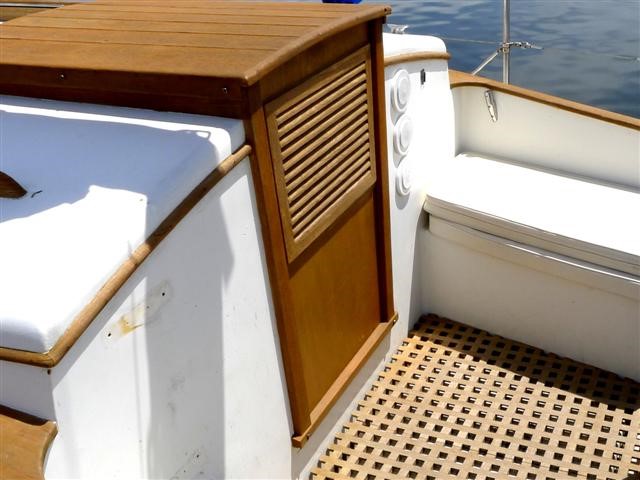
How To Keep Your Boat Looking Beautiful
Ever wonder how all those big yachts keep their shine and beauty? Can we possibly reach this perfection, too? How a boat looks depends on how much energy or money goes toward maintaining the appearance. In the case of superyachts, it helps that they have large crews who must be kept busy every day.
But following some of the practices from superyachts can keep your boat looking its best for years.
Cover That Fender
Keep your fenders wrapped in terry cloth to protect the hull from abrasion and dirty docks.
Hose That Hull and treat with Vinegar
Hose down the hull carefully. Then jump into the dinghy and wipe it with vinegar to remove saltwater spots on the glossy finish. Dark-colored hulls tend to show the salt more, requiring frequent vinegar treatment.
Keep Stainless Stain-Less
Wipe stainless steel and chromed bronze fittings with a chamois cloth often. Make polishing and waxing these metals routine. Some metal-polishing products already include wax compounds.
Cover Up What You Can
External varnished bright work should be protected from UV damage by Sunbrella covers. Take them off to impress guests. Sunbrella covers should also protect stowed tenders, dinghies, outboard motors, barbecues, and other accessories.
Protect Upholstery
Use covers that can take wear and tear and food stains. If your boat's in the yard, or you're having a mechanic aboard, cover decking and internal floorboards with tough plastic sheets with a nonskid pattern, sacrificial rugs, or carpeting.
Drop A Hint
To protect varnished floorboards from daily wear, put large baskets by the companionway so visitors get the hint and take their footwear off at the dock or at anchor.
An Alkaline Shine
To keep engine rooms and engine spaces impressively clean, apply light acid or any alkaline teak cleaner to aluminum diamond-patterned plate floorboards. If possible, take the pieces outside for this work, where they can be rinsed off easily.
Nice And Neat
Anti-chafe leatherwork on the loops of docklines looks seamanlike and protects the lines.
Good Luck, if you put the work in, everyone will notice.
Based on an article written by Tom Zydler, who spent three decades as a professional yacht captain navigating high latitude destinations